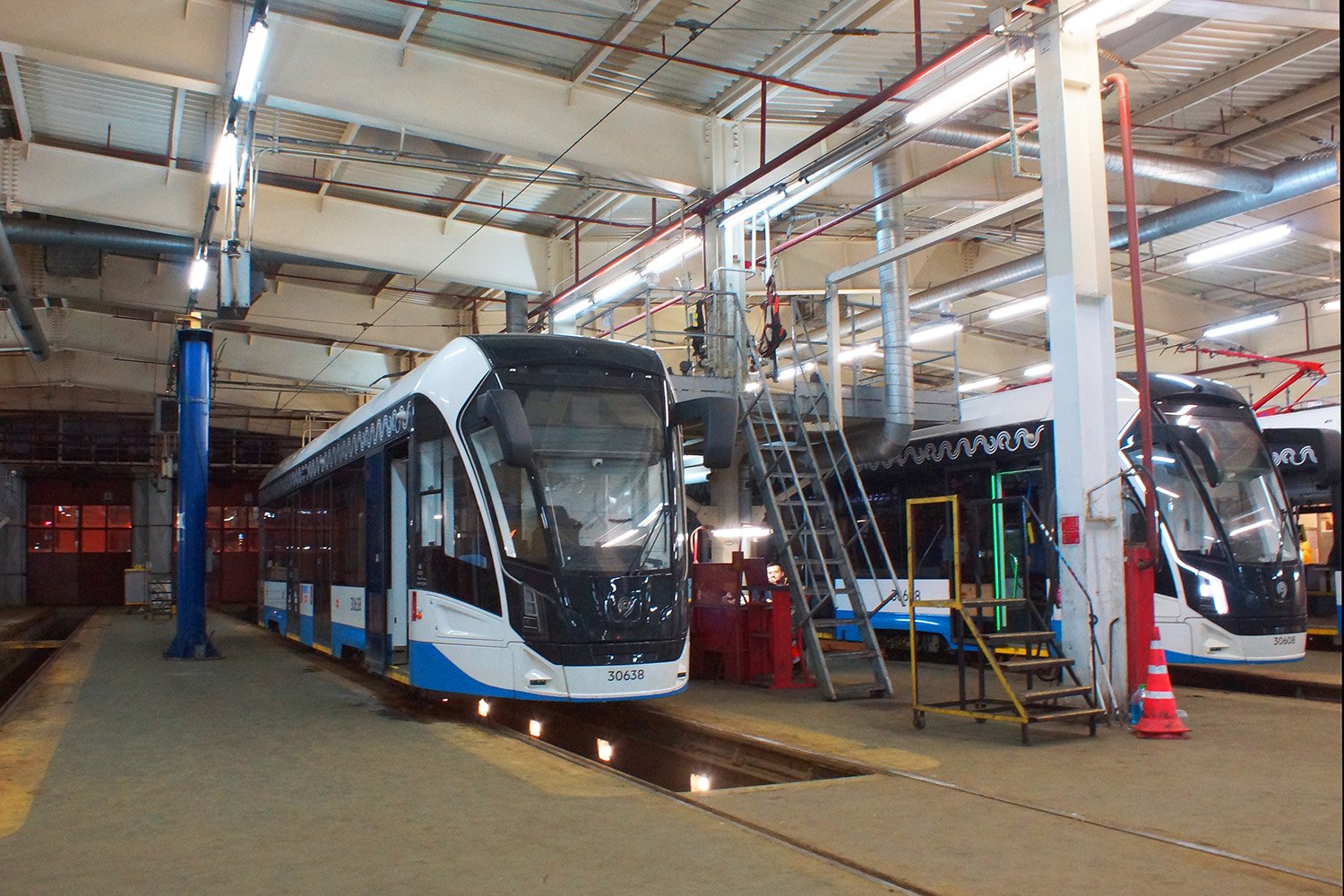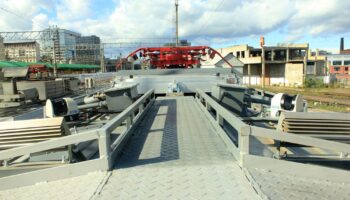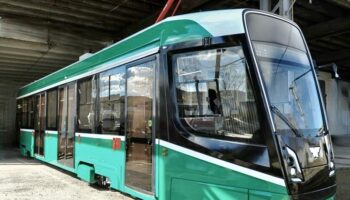Russia: The plan to introduce a highly automated tram on the city routes as part of a programme to develop transport in the capital up to 2030 has been recently announced by Moscow Deputy Mayor for Transport Maxim Liksutov. At ROLLINGSTOCK’s request, the Moscow Department of Transportation revealed what work is being done and what the impact will be.
Last year, the equipment for the unmanned operation was installed in the 71-911EM Lvyonok single-car tram from PC Transport Systems. By March, it completed the first stage of testing at the Krasnopresnenskoye depot. According to representatives of the Department, this year the tram will be operated as a GoA3 vehicle, meaning that there will be a driver in the cab in case of an emergency. However, this will only happen after the tram has successfully passed several tests and the relevant regulatory documentation has been approved. The tram with computer vision can be tested without such regulatory documentation, as the current legislation provides for an experimental legal regime for this purpose.
According to the Department of Transportation, the tram’s computer vision system includes lidars, radars and cameras and is able to detect objects up to 200 m away. “The tram can identify cars and people crossing the road and predict their behaviour. It can also distinguish between traffic lights and detect animals on the road”, said a spokesperson for the Department. The software for the unmanned tram is being developed by the Unmanned Transport R&D Centre of the Moscow Metro.
The Department stated that the transition to GoA4 is expected by 2027. The Moscow Transport Development Programme envisages that by 2030 a significant proportion of the city’s tram network will allow unmanned operation.
According to the Department, unmanned operation will be ensured by a new smart infrastructure. It will connect the trams to the road network and automate the operation of switches. “The vehicle will monitor traffic lights in real time, reducing the number of stops at intersections and optimising traffic on the route”, says the Moscow Department of Transportation. The single dispatching centre to be created will allow real-time monitoring of the location of all tram cars, the condition of the infrastructure and ensure traffic control.
The capital’s transport authorities expect unmanned technologies to keep trams on schedule, provide more regular and smoother passenger service, make journeys more comfortable and increase average speeds thanks to interaction with the infrastructure.















